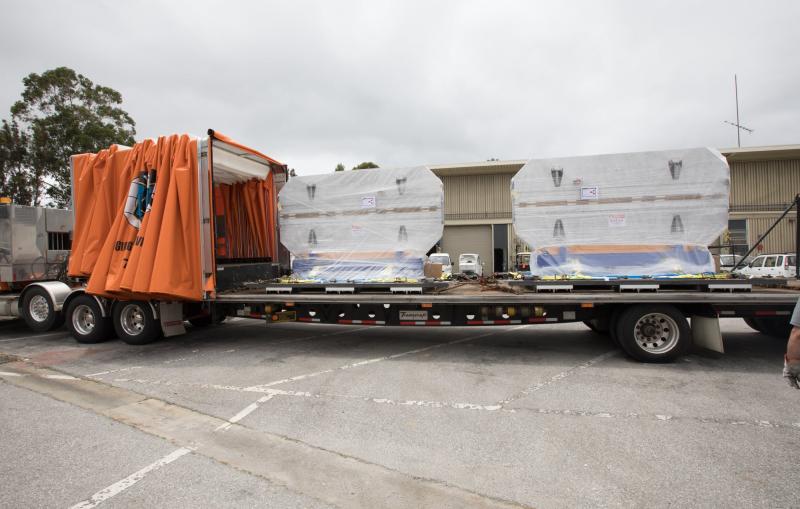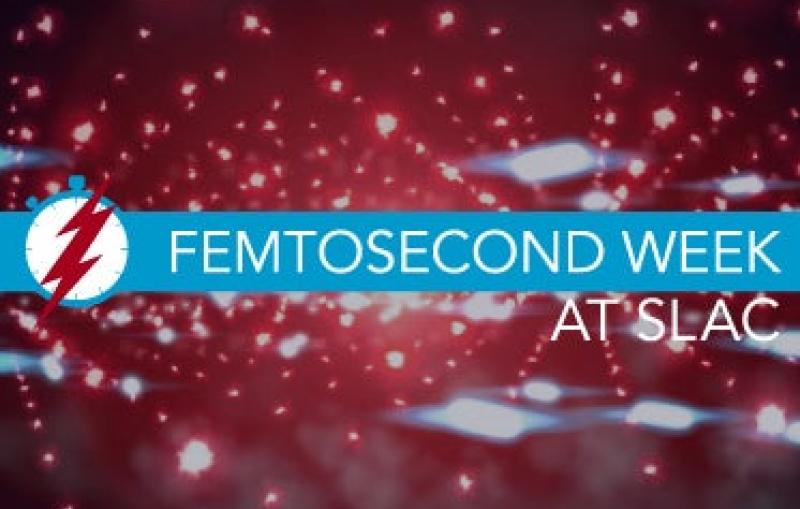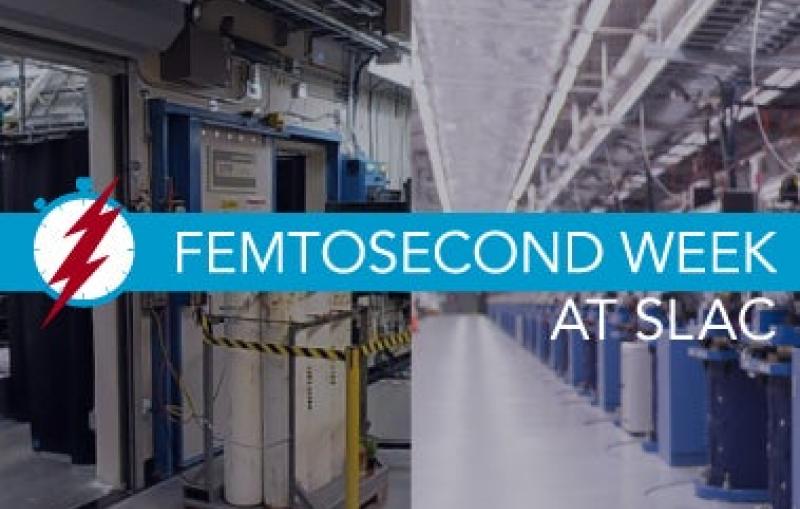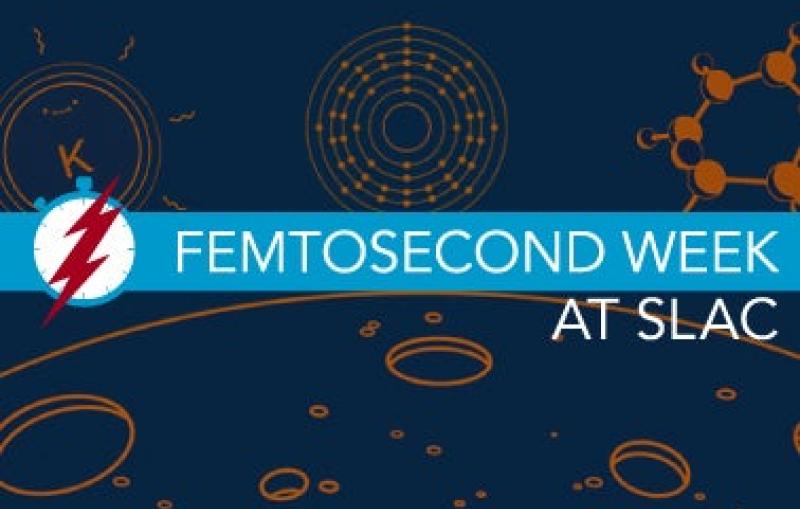A new X-ray laser technique allows scientists to home in on these single-electron triggers to better understand organic molecules that respond to light, including receptors in your eyes, plastic products and DNA building blocks that need to protect themselves from...




